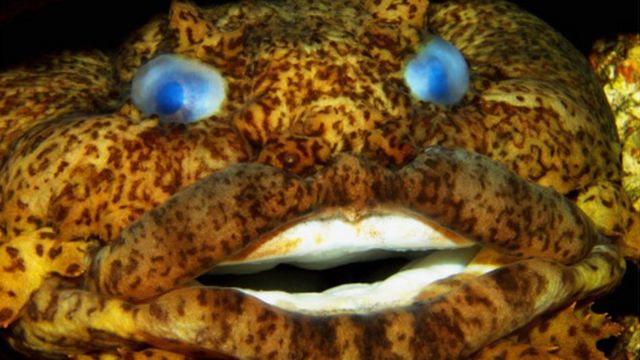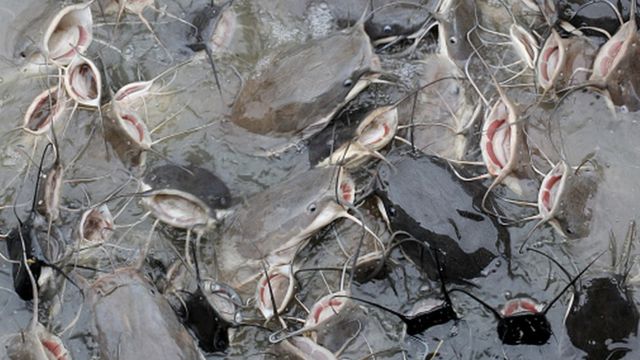The science news of the week: Have you ever tried to remember your life day by day? Or at least month by month? Year by year? Yes, memory presents you with some images, not always the most pleasant or interesting ones. Why is that? It would seem that everything you have seen (heard, tasted – in general, everything processed and assimilated by your consciousness) should be stored somewhere. But no, no one can remember everything. Maybe there is not enough space on the hard drive, and it is reformatted periodically, deleting everything that it deems unnecessary. Yes and no, say the scientists. No: there is enough space for everything and more. Yes: the process of forgetting continues, but it is necessary for our own good.
Dr. Thomas Ryan, Associate Professor in the School of Biochemistry and Immunology and the Institute of Neurology at Trinity College, Dublin, and Dr. Paul Frankland, Professor of Psychology at the University of Toronto, have proposed a new theory that the ability to retrieve specific memories from our memory is a result of feedback from the surrounding reality. In other words, forgetfulness is not a failure, but a functional ability of the brain that allows for dynamic interaction with the environment.
We explain quickly, simply, and clearly what happened, why it matters, and what happens next. Translate next only Russian text to English. The number of offers should remain : episodes
End of story Podcast advertising
In a rapidly changing world like the one we live in, the ability to forget certain things is beneficial because it makes our behavior more flexible and allows us to make decisions more quickly. In other words, if the memory was acquired in circumstances that are irrelevant to the newly created situation, getting rid of such memories can be considered a plus because it helps improve our current well-being.
When you forget something, you lose a certain amount of the information you have accumulated, but according to scientists, there are more and more reasons to believe that it is a matter of limiting access to memories rather than losing memory as such. “Memory is stored in neural clusters in the form of engrams, units of cognitive information in the brain that store memories as biophysical or biochemical changes in the brain in response to external stimuli. And for memories to be reawakened, these clusters must be reactivated,” explains Dr. Ryan. “Logically, when we forget something, it means that the engrams couldn’t be reactivated. The memories haven’t disappeared, they’re just like being locked in a safe for which we don’t have the key. “Our brains have many mechanisms for getting rid of memories, but they all boil down to making it difficult to access engrams – the physical embodiment of the memory,” adds Dr. Frankland.
At the same time, Ryan and Frankland are confident that, under certain conditions, the process of natural forgetting can be reversed. However, they say that clinical cases such as dementia or Alzheimer’s disease are different, where the disease “unlocks” the natural mechanism of forgetting, disrupting or completely blocking access to engrams and leading to pathological memory loss.

Fish frog Opsanus beta Dumb as a fish-who doesn’t know that saying? But Cornell University ecologist Aaron Rice says it’s time to let go of the stereotype, because fish have been communicating for 155 million years. The underwater world, he says, is full of chirping, twittering, buzzing, and howling, similar to what fills the forest. And coral reefs are almost like a disco, with fish as the main “party hosts”. “We’ve known for a long time that some fish are capable of producing distinctive sounds, but it was always considered a rare exception to the rule,” says Rice. Ichthyologists assumed that fish did not need to speak because they communicated their needs through color, movement, or, in extreme cases, electrical impulses. However, it turns out that the fish world is polyphonic, and some fish even sing at sunset and sunrise, like birds. “We didn’t pay attention to this because fish are usually not visible or audible, and underwater acoustic specialists have focused all their attention on whales and dolphins,” says Andrew Bass, a colleague of Rice’s at Cornell University. “But fish have voices, too!” After carefully studying the anatomy of fishes and the sounds they produce in different areas, Rice and colleagues identified several physiological features that allow ray-finned fishes (Actinopterygii, a very large group that includes more than 34,000 living species) to produce sounds using more than just vocal cords.

Catfish are one of the most “talkative” fish. “They can grind their teeth or make sounds by moving their bodies in the water, and they have also developed various specialized features during evolution,” Rice explains in his paper. “Perhaps the most common adaptation is the adaptation of muscles associated with the swim bladder. In the toadfish, for example, the muscles of the swim bladder contract faster than in any other vertebrate in the world. This is a high-tech adaptation. In all, scientists estimate that two-thirds of the 175 families of fish probably communicate through the sounds they make. Moreover, “fish language” appears to have originated about 155 million years ago – about the same time that land vertebrates, our distant ancestors, “started talking. “When you think about it, fish can do anything: breathe air, fly, eat anything. So I’m not at all surprised by their ability to make sounds,” Rice admits. Like humans, some fish are more “talkative” than others. Among the most talkative are catfish and frogfish. However, Rice notes that not all species have been “eavesdropped” on – there may be other talkative fish in nature.

Skiers, polar explorers, soldiers – anyone whose job or activities expose them to extremely low temperatures knows the danger of frostbite, the formation of ice crystals in the surface layer of cooled skin. And sometimes they have personally experienced its negative effects. Frostbite is not only very painful, but also extremely dangerous, especially since it tends to occur in remote areas where assistance is not always available. As a result, frostbite can cause serious injury, leave lifelong scars, or even lead to amputation of a limb. An ointment invented by Indian scientists based on a common, long-known anti-inflammatory cream promises to solve the problem. Frostbitten areas not only lose skin cells – the process can also affect internal tissues such as bones and muscles, creating secondary infection sites that can cause irreversible damage to nerve endings. One of the most effective methods of treatment has always been rapid thawing of frozen body parts, but the problem is that it has to be done quickly (otherwise, by the time a person is placed in warmth, many cells are already dead). There are other methods, such as clothing with built-in electric heaters or even transgenic antifreeze proteins, but these are already in the realm of science fiction because they are very expensive, impractical, and unsafe. Biotechnologist Munia Ganguli and her colleagues at the Indian Institute of Genomics and Integrative Biology have proposed a simpler method: harnessing the properties of synthetic molecules found in two substances that have long been used in pharmaceuticals, cosmetics, and laboratory research. These are dimethyl sulfoxide (DMSO), which inhibits the formation of ice crystals inside cells, and polyvinyl alcohol (PVA), which also inhibits the growth of ice crystals, but not inside the cells themselves, but in the intercellular space where these crystals can damage cell membranes. The researchers conducted a series of experiments with each of these substances, separately and combined in different proportions, to see if they could protect the culture grown in petri dishes from death at low temperatures. The result was a mixture the bioengineers called SynAFP, which was then diluted with regular aloe vera cream. The resulting ointment was applied to the mouse 15 minutes before it was exposed to cold. As a result, although the mouse developed frostbite, the size of the wound was insignificant compared to control mice that did not receive the protective agent. Tissue damage was minimal, the inflammatory process was less severe, and the wound healed faster. Scientists say that in the case of their cream, it is crucial to apply it no earlier than 15 minutes before exposing the skin to cold (when applied for 30 minutes, no positive effect was observed). And they admit that it is too early to talk about real success until the product has been tested on humans.

